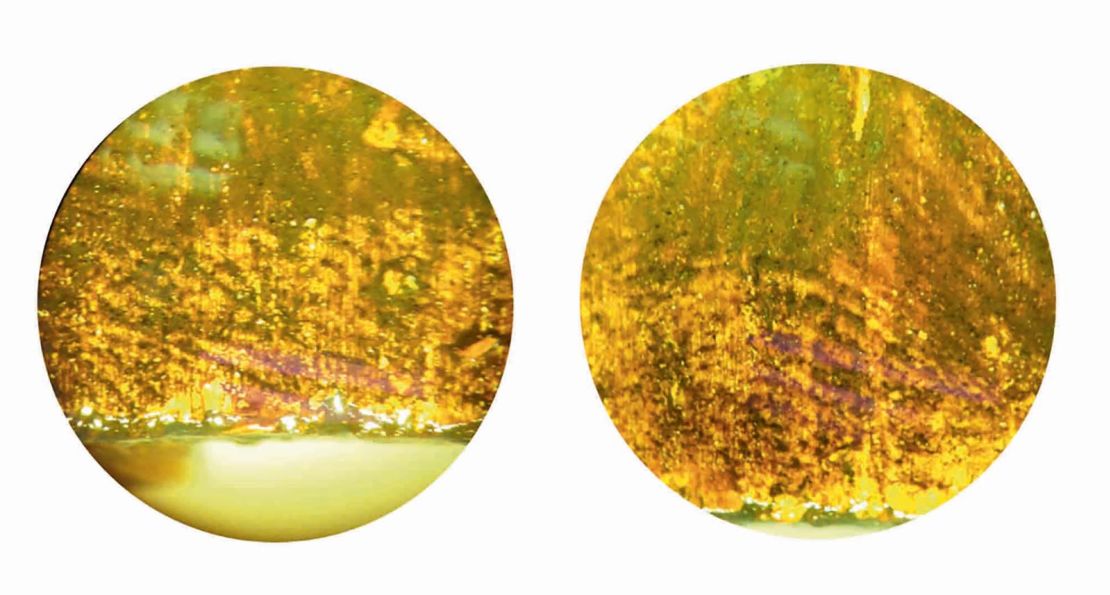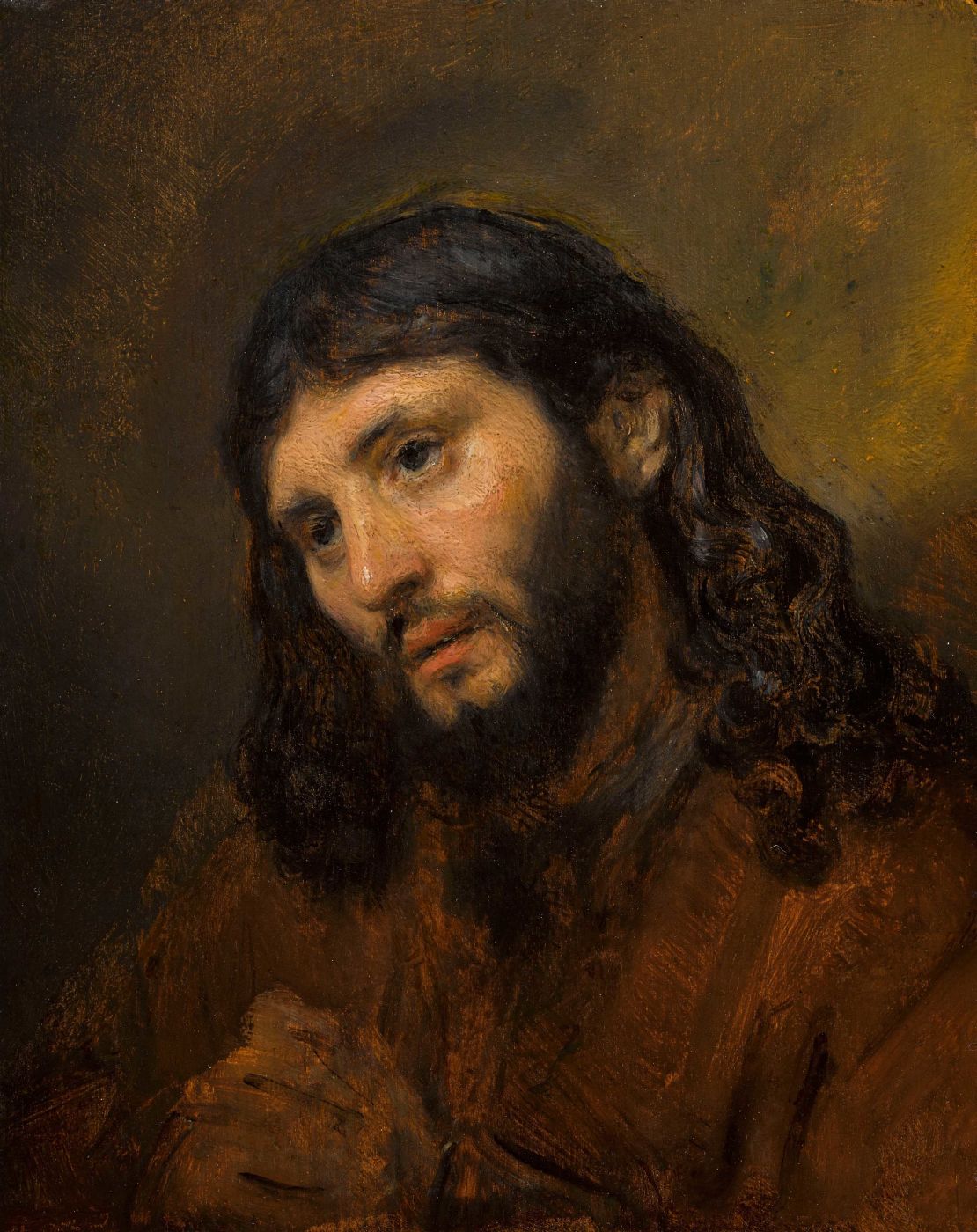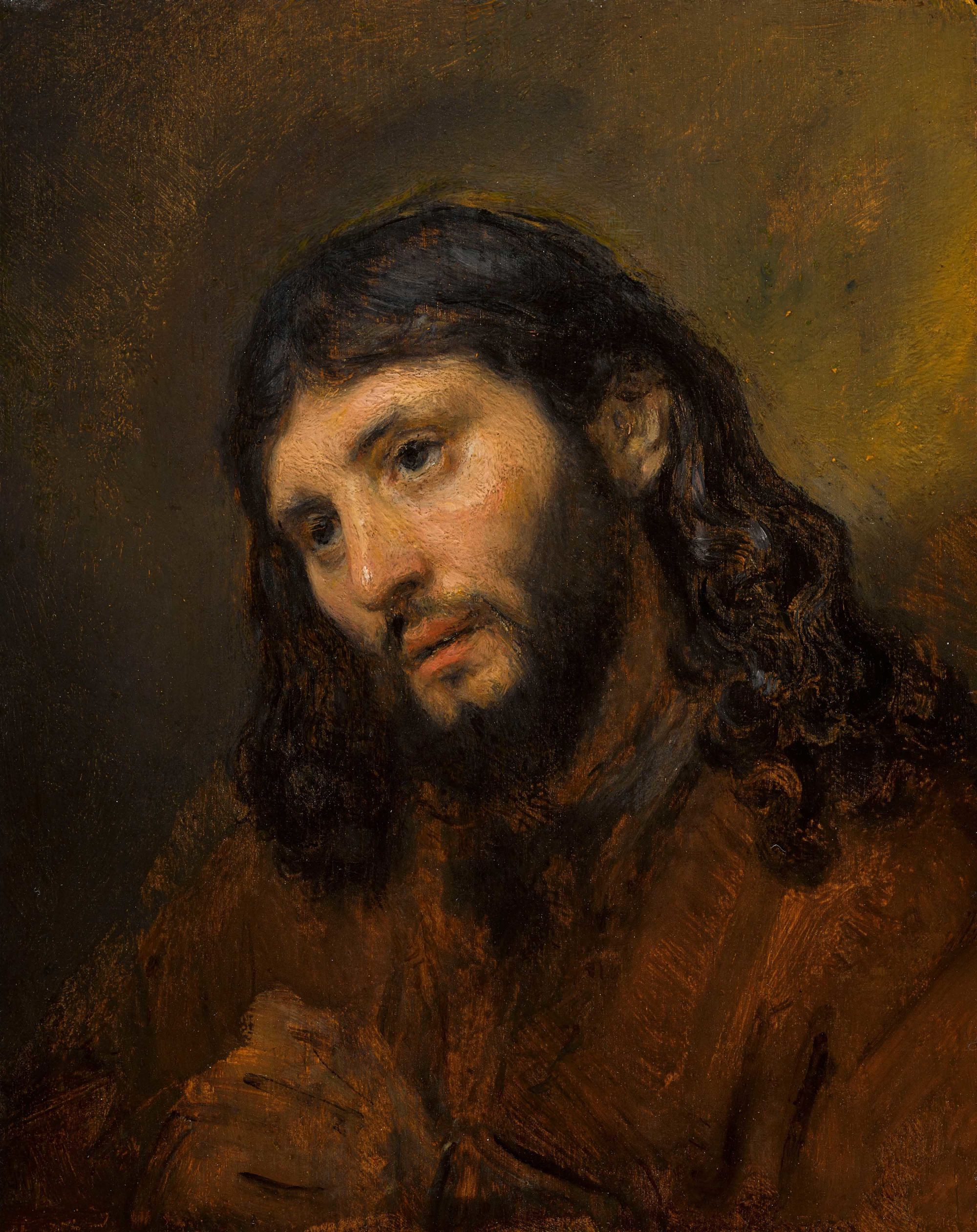Forensic analysis has become a useful tool for auction houses ferreting out art forgeries. In the case of an almost 400-year-old portrait by the Dutch master Rembrandt, two fingerprints found on the bottom edge of the painting may help it earn its $8 million-$10.55 million estimated sale price at a Sotheby’s auction next month.
The prints, thought to be impressions of the painter’s thumb, were found hidden underneath “overpaint and darkened varnish layers” on the 10-inch artwork, called “Study of the Head and Clasped Hands of a Young Man as Christ in Prayer,” Sotheby’s wrote in a statement.

The painting depicts a young Jesus with his head inclined upward and hands clasped. Described by the auction house as a “touching portrayal of Christ,” it hung in Rembrandt’s home in Amsterdam until quite recently and comes to the market for the first time in six decades. It will be auctioned Dec. 5 in London.
The fingerprints were discovered during “technical examination and restoration” of the painting ahead of a 2011 exhibition of the piece at the Louvre in Paris.
The auction house is almost certain the fingerprints belong to the Dutch master. George Gordon, the co-chair of Sotheby’s old master paintings department, warned that there are no other known prints of Rembrandt with which to compare these fingerprints, but added that “the discovery of the marks in the original layer of paint along the lower edge make their connection to the artist highly credible.”
The painting was executed in one sitting, in a practice known at the time as “ten eersten opmaken” – Dutch for “to complete the whole concept in one go” – where layers are hastily applied before the underlay is dry, Michel van de Laar, one of the scientific researchers who discovered the fingerprints, said in a statement.
He said the process is prone to smudging, adding: “The discovery of the fingerprints is further testament to the speed with which the work was likely executed and provides fresh insight into Rembrandt’s complex but swift painting technique.”

Painted around 1650, the portrait is part of a small series of sketches painted by Rembrandt of the same young man, believed to come from the neighborhood in which the painter lived.
Rembrandt was known for being prolific and is thought to have produced hundreds of paintings and etchings in his lifetime.

